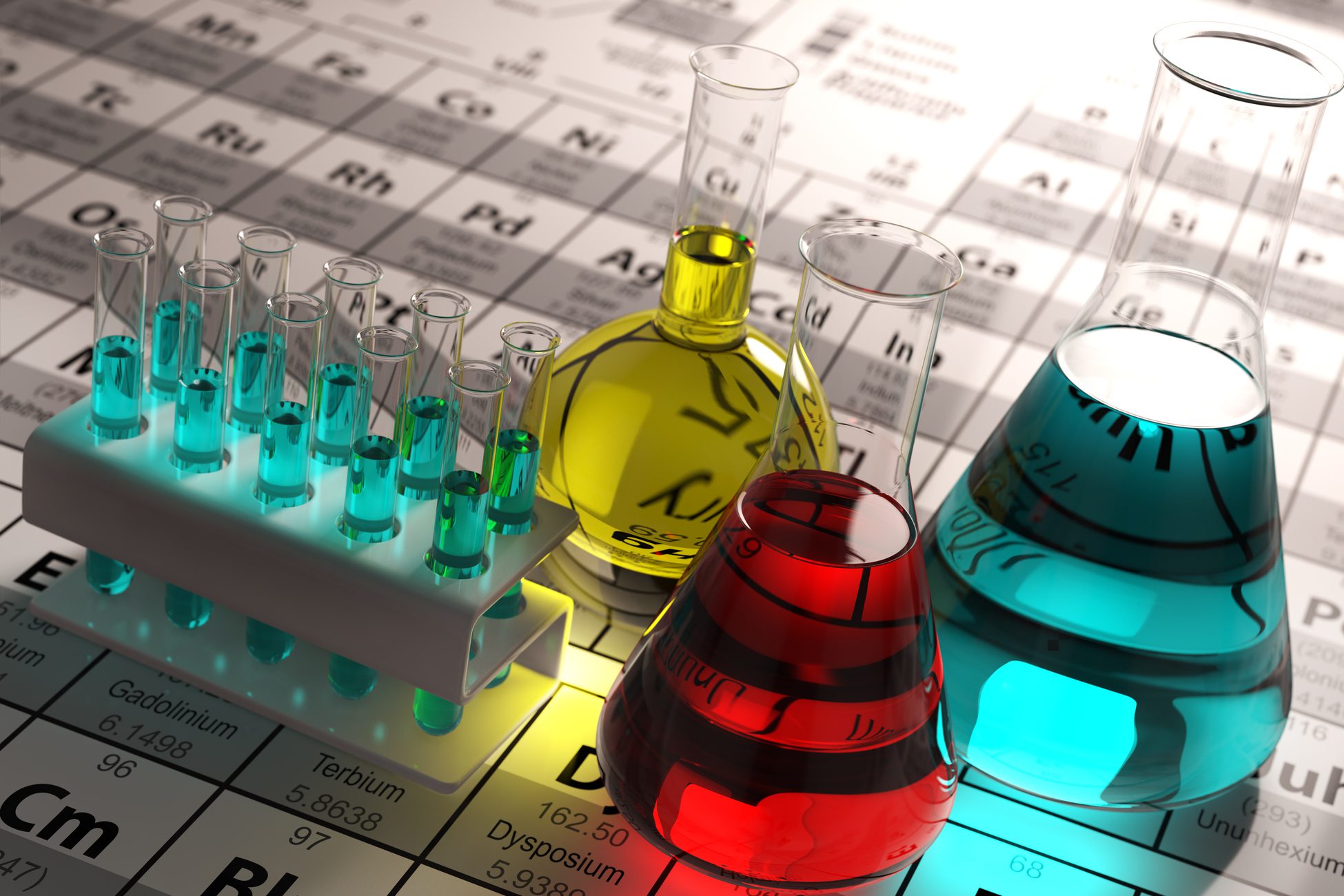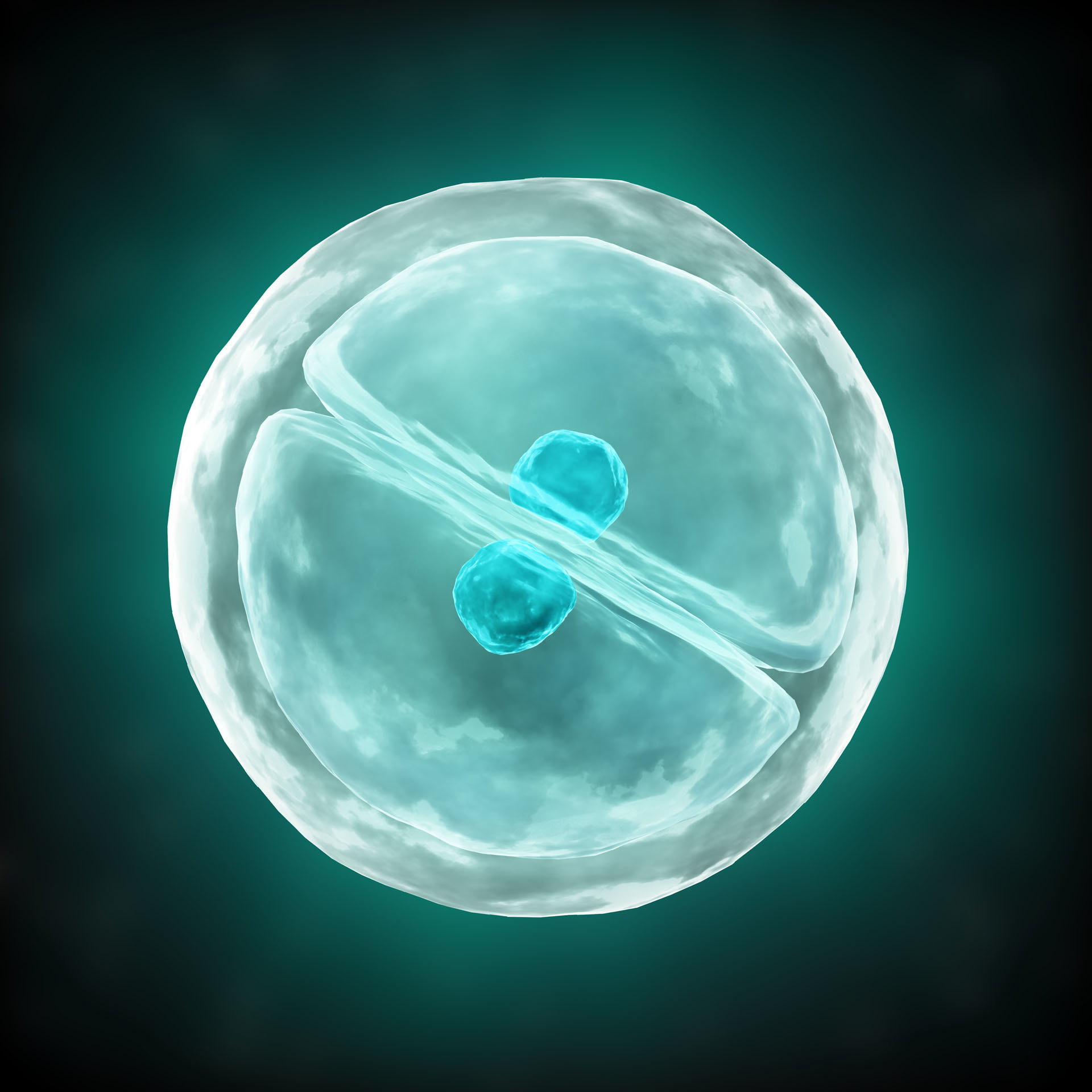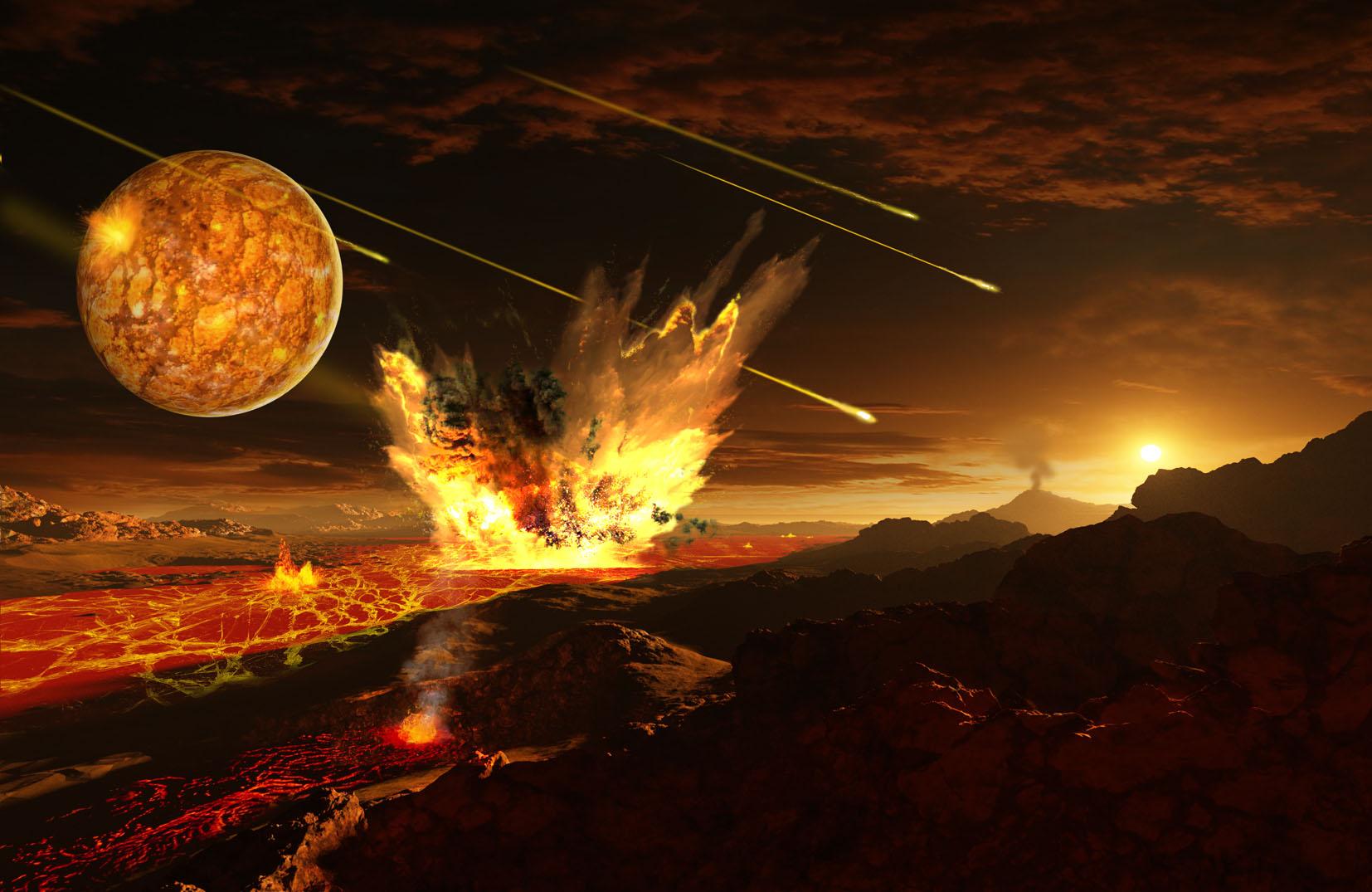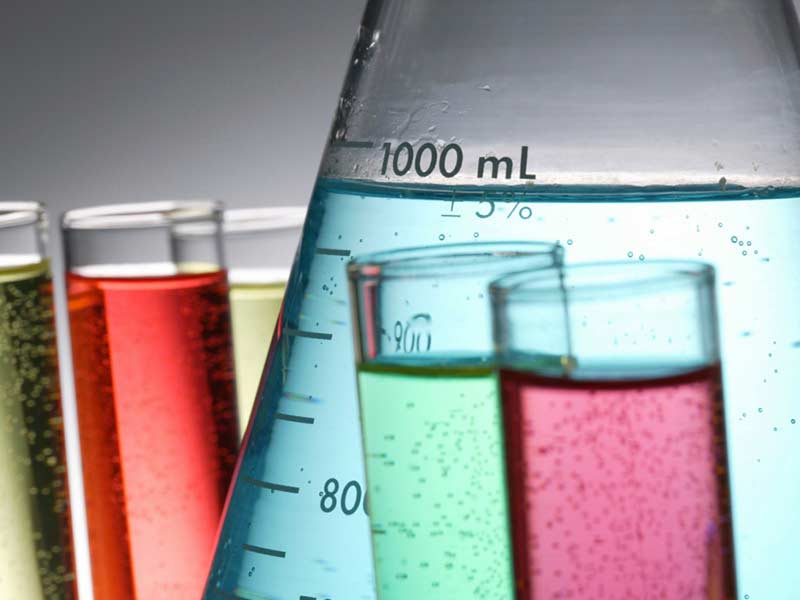description:
Many students struggle in high school chemistry. Even if they succeed in earning a good grade, they often still feel confused and unconfident. Why is this? And what can be done to help every student succeed in this vitally important course? Success in chemistry, according to veteran science teacher Professor Frank Cardulla, doesn’t require any special intellectual gifts or talents or advanced mathematical skill. All it requires is a genuine understanding of the ideas that students encounter in the high school chemistry classroom. If students truly understand what they are learning, they will do more than just succeed in high school chemistry; they will find lasting success as they continue to study chemistry in college and beyond.
episodes:
Professor Steven L. Goldman introduces the scope of the course and discusses the key features of 19th-century science that led to the extraordinary creativity and innovation of science in the 20th century.
The first of 10 lectures on the physical sciences covers Einstein’s special and general theories of relativity, which undermined 200 years of physics and launched a wholly unexpected revision in our conception of the universe.
A puzzling phenomenon called the “blackbody radiation problem” inspired a new theory of the atom that would ultimately redefine reality and rationality. Professor Goldman tells the story of the inception of this bold idea, called quantum theory.
Building on the ideas explored in the first three lectures, you examine a fundamental quantitative measurement in chemistry, density, and explore the real-world meaning of this measurement. You then solidify your understanding of this concept by working some basic density problems.
Next, you continue to lay a strong foundation for your understanding of chemistry by learning about one of the key tools you’ll be using: the International System of Units (SI), or the metric system. This lecture explains why this system is so useful to scientists and lays out the prefixes and units of measurement that make up the metric system.
Now that you have established an understanding of the SI system, put your knowledge to work as you practice converting units from one system of measurement to another. You hone your conversion skills by working several sample problems.
In the next three lectures, you cover some fundamental topics that you’ll need before you can launch into your study of chemistry. You examine the basic building blocks of matter—elements and the atoms that constitute them—and you learn how to interpret the information about elements presented in the periodic table
Learn about protons, electrons, and neutrons; how ions are formed from atoms; how these ions can combine to form compounds; and how you can determine the formulas of these compounds. Some molecular substances are discussed and you are introduced to the final number associated with every element—its atomic weight.
Discover how isotopes, which are different atoms of the same element, can actually differ in their weight because they contain different numbers of neutrons in their nuclei. Also, learn how different kinds of elements are grouped into both general categories (such as metals and nonmetals) as well as specific chemical “families,” which then are arranged into the periodic table.
One of the most important concepts to master in an introductory chemistry course is the concept of the mole, which provides chemists with a way to “count” atoms and molecules. Learn how scientists use the mole and explore the quantitative definition of this basic unit.
By solving problems involving moles, you refine the quantitative techniques introduced in earlier lectures while increasing your familiarity with this important chemical value.
Professor Goldman pauses in his tour of 20th-century science to explore the curious power of mathematics to explain nature. How can mathematical abstractions tell us anything about concrete experience?
In this lecture, you encounter two “classic” types of chemistry problems and learn the basic characteristics of each. The lecture concludes with several practice problems to help you master the skill of solving percent composition problems.
Continue your consideration of “classic” chemistry problems with a look at empirical formulas, and examine how empirical formulas relate to molecular formulas
What happens when you combine two or more elements? Through a variety of practice problems, you learn to identify when a chemical reaction has occurred, how to write chemical equations, and how to “balance” equations to conserve the atoms.
What are the quantitative relationships between the substances in a chemical reaction? The study of stoichiometry shows you how to apply your ability to balance equations to solve problems involving chemical reactions.
You extend your study of stoichiometry to consider more complex problems involving volume, molecules, and energy.
As you move on to more advanced stoichiometry problems, you see that they can be solved using a very simple approach. You encounter three terms often applied to chemical reactions: theoretical yields, actual yields, and percent yields.
One important idea to master in any introductory chemistry course is the concept of concentration of a solution. Here, you explore this concept, the components that make up a solution, and learn about a basic unit of measurement for concentration, molarity.
Extend your understanding of molarity by solving some typical problems encountered in the high school chemistry classroom. To foster your understanding of these problems, you are asked to draw upon the quantitative reasoning skills you previously used.
You are asked to take the concepts you learned about molarity in the last two lectures and apply them to a number of unfamiliar problems. These problems offer an opportunity to test your comprehension of the concepts you’ve been exploring.
Continue your study of chemical reactions by examining an important new concept: the equilibrium system. You start by looking carefully at the difference between reactions that “go to completion” and those that are “reversible.”
By tracking and graphing a hypothetical reaction as it approaches a state of equilibrium, you gain a deeper understanding of the essential characteristics of equilibrium systems. Then, you’re introduced to the single most important expression used to solve equilibrium problems: the equilibrium constant.
Your examination of the equilibrium constant continues. Learn exactly what the numerical value for an equilibrium constant tells and doesn’t tell you about an equilibrium system.
Before you can solve equilibrium problems, you need to understand what happens to an equilibrium system when conditions are changed. You learn about a fundamental idea—Le Chatelier’s Principle—which lays the groundwork for a broader understanding of equilibrium.
Having established a basic understanding of Le Chatelier’s Principle, you explore how this principle plays out in a variety of situations in which an equilibrium system is changed.
You use your basic understanding of equilibrium systems to try to solve some problems. You tackle two kinds of equilibrium problems: ones in which you are asked to calculate the equilibrium constant for an equation, and ones in which you are asked to find the equilibrium concentration of a reactant or product.
After examining how different substances may behave when dissolved in water, you learn about the self-ionization of water and use this knowledge to solve problems. The lecture ends with a brief introduction to the pH of solutions.
You return to the topic of pH and learn about how pH relates to two kinds of compounds: acids and bases. Through an introductory problem, you explore the relationship of various ions within these compounds.
You gain a deeper understanding of acids, bases, and pH by working several sample problems. These exercises help clarify the difference between strong and weak acids and bases and between the idea of a “strong” concentration versus a “strong” acid or base.
Look at weak acids and bases, compounds that are only slightly ionized in water-based solutions. You learn how to solve the “classic” weak acid problem and apply the same approach to weak base problems.
Here, you explore “neutralization”: the idea that if you add a base to an acid, it will tend to destroy the properties of the acid, and vice versa. You examine this reaction through demonstration of a laboratory procedure called titration.
Acid-base indicators, which change color when a solution switches from acid to base and back again, provide a striking demonstration of the transformation that occurs during titration. Learn how to use these indicators to determine the equivalence point of a titration, and examine what happens when you graph these reactions.
After learning about equilibrium systems, you move on to a particular type of system: “solubility equlibria,” or the equilibria found in saturated solutions of slightly soluble ionic solids. You explore this concept as you practice solving a variety of related problems.
Your study of solubility equilibria continues with some advanced practice problems. Here, you encounter the last major type of equilibrium problem. To solve these problems, you revisit Le Chatelier’s Principle and learn about some of the pitfalls to avoid when dealing with these kinds of equilibrium systems.
In this final lecture, you tackle problems that require you to pull together all the knowledge you’ve acquired. Through these challenging problems, you build confidence in your ability to unravel new problems and pursue more advanced levels of chemistry.
SIMILAR TITLES:
 Chemistry and Our Universe, How It All Works
Chemistry and Our Universe, How It All Works
 Biochemistry and Molecular Biology: How Life Works
Biochemistry and Molecular Biology: How Life Works
 Physics And Our Universe: How It All Works
Physics And Our Universe: How It All Works
 Thermodynamics: Four Laws That Move the Universe
Thermodynamics: Four Laws That Move the Universe
 The Nature of Matter: Understanding the Physical World
The Nature of Matter: Understanding the Physical World
 The Origin and Evolution of Earth: From the Big Bang to the Future of Human Existence
The Origin and Evolution of Earth: From the Big Bang to the Future of Human Existence




